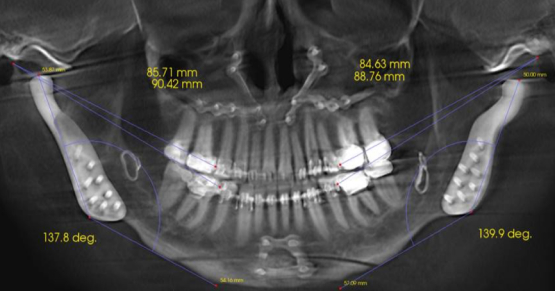A New Source To Generate Teeth?
According to a recent news release, stem cells derived from urine can be used to generate tooth-like structures, as reported in a study published in the open access Cell Regeneration Journal. It’s thought the technique might one day help researchers grow new, tailor-made teeth for dental patients.
That stem cells can be generated from urine is not new; previous studies have shown that cells discarded in human urine can be coaxed to become induced pluripotent stem cells (iPSCs), which themselves can generate many different cell types, including neurons and heart muscle cells. However, until now, researchers had yet to generate solid organs or tissues from iPSCs.
As the release states, Duanqing Pei and colleagues have developed a novel chimeric tissue culture system to coax human urine-derived iPSCs into tiny structures that resemble teeth. The system mimics normal tooth development, which results from an interaction between two different cell types — epithelial cells, which give rise to enamel, and mesenchymal cells, which give rise to the other three main components of teeth (dentin, cementum, and pulp).
The team first used chemicals to coax the cultured iPSCs into flat sheets of epithelial cells, then mixed these cells with mouse embryonic mesenchymal cells and transplanted them into mice. Three weeks later, tooth-like structures had grown.
The primitive teeth-like structures are structurally and physically similar to human teeth — they’re of roughly the same elasticity and contain pulp, dentin, and enamel-forming cells. But the method has its limitations — it involves mouse cells, has a success rate of around 30%, and the structures were about one-third of the hardness of human teeth.
To resolve these issues, human mesenchymal stem cells could be substituted for mouse ones and the tissue culture conditions tweaked. The revised method could, in theory, be used to create a bioengineered tooth bud that could be cultured in vitro, then transplanted into the jawbone of a needy patient to form a fully functional tooth.
SPEAR NAVIGATOR
Transform how your practice runs by engaging the team through
coaching and training
A guided path to excellence through structured coaching and self-guided resources that will align your team, streamline processes and drive growth. Transform your practice by implementing Spear’s proven playbooks for developing and retaining a high-performing dental team.

By: Abigail Pfeiffer
Date: August 2, 2013
Featured Digest articles
Insights and advice from Spear Faculty and industry experts


